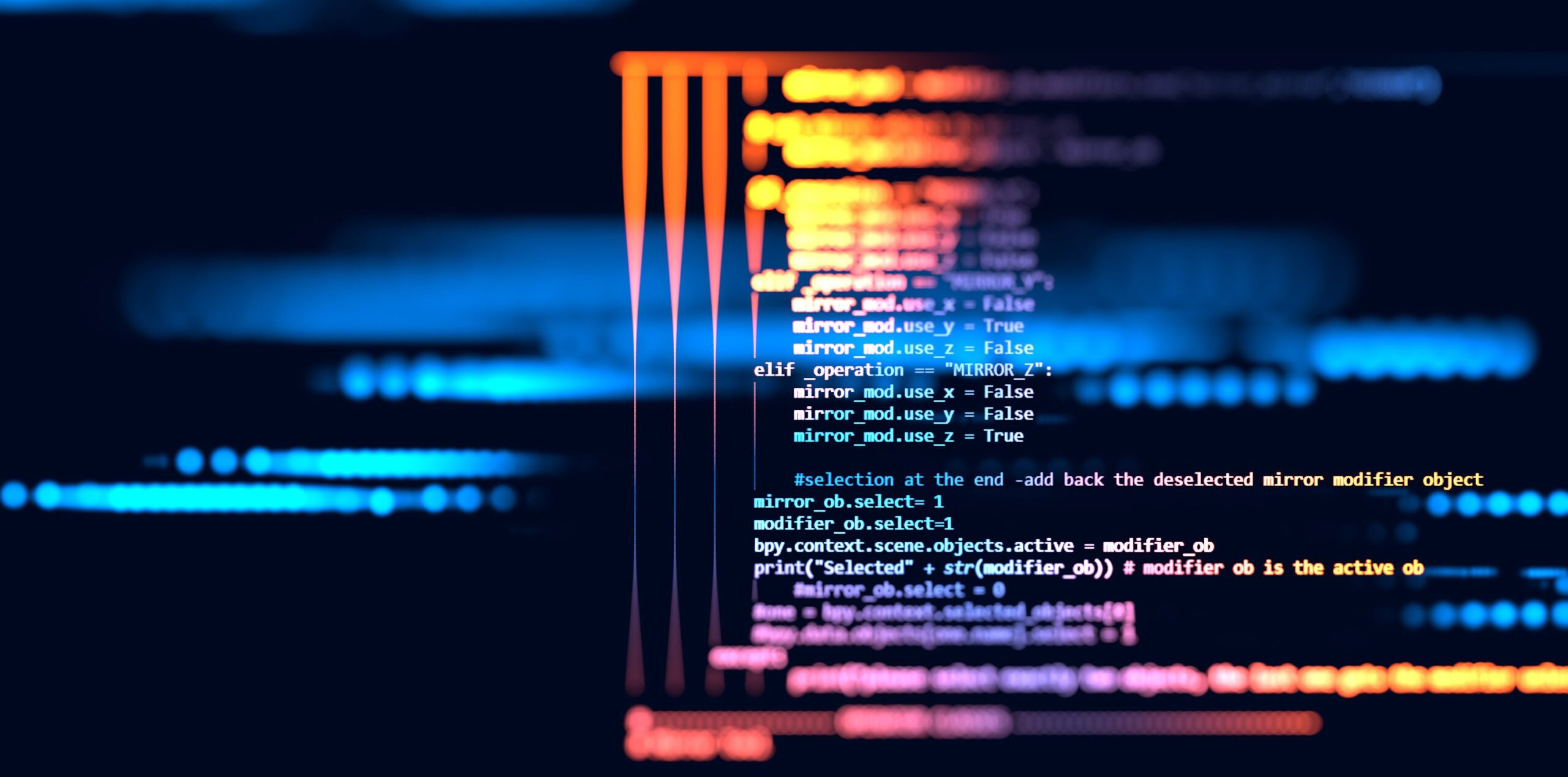Regulatory Compliance
The Importance of Binary Composition Analysis and SBOMs in Regulatory Compliance.
Regulatory Landscape
In an era where cyber threats are increasingly sophisticated, ensuring the cybersecurity of connected devices and medical devices is paramount. Regulatory bodies like the FDA and the EU Cyber Resiliency Act (CRA) have recognized this necessity, introducing stringent guidelines to safeguard patient safety and data integrity.
In meeting these regulations companies are turning to Binary Composition Analysis (BCA) to create and manage Software Bill of Materials (SBOMs). By creating the SBOM at the post production phase of the software development cycle, manufacturers will more accurately comply with regulations and also enhance their overall security posture.

FDA
The FDA’s guidelines emphasize the importance of cybersecurity in the development and maintenance of medical devices. Key requirements include:
- Risk Management: Manufacturers must implement a robust risk management process to identify and mitigate cybersecurity risks
- Premarket Submissions: Detailed cybersecurity documentation, including SBOMs and evidence of vulnerability assessments like BCA, must be included in premarket submissions.
- Postmarket Management: Ongoing monitoring and management of cybersecurity risks throughout the device’s lifecycle.
European Cyber Resilience Act (CRA)
The European Cyber Resilience Act is a legal framework that describes the cybersecurity requirements for hardware and software products with digital elements placed on the market of the European Union. Key aspects include:
- Mandatory SBOMs: Manufacturers must provide SBOMs to demonstrate transparency and enable effective vulnerability management.
- Regular Security Updates: Manufacturers are required to provide timely updates to address identified vulnerabilities.
- Conformance Assessments: Products must undergo regular security assessments to ensure they meet the required cybersecurity standards.
- CodeSentry provides a comprehensive SBOM which is required for every device, including all software, such as firmware, embedded, application software and even operating systems


Benefits of BCA
- Enhanced Vulnerability Detection: By analyzing the binary code, BCA can detect vulnerabilities in third-party libraries and components that might be missed during source code analysis
- Comprehensive Security Assessment: BCA provides a detailed breakdown of software packages, ensuring that no hidden or unauthorized components are present
- Regulatory Compliance: BCA helps manufacturers meet regulatory requirements by ensuring that all software components are secure and up to date.
Benefits of SBOMs
A Software Bill of Materials (SBOM) is a detailed list of all software components, libraries, and modules used in a device. An SBOM is akin to a list of ingredients in a recipe, providing transparency about what is inside the software.
- Transparency: SBOMs provide a clear view of all software components, which is essential for identifying and managing vulnerabilities.
- Improved Security: With an SBOM, manufacturers can quickly identify which components need updates or patches, enhancing the overall security of the device.
- Regulatory Compliance: Many regulations, including the FDA’s guidelines and the EU Cyber Resilience Act, require an SBOM as part of the premarket submission and ongoing security management processes.

Related Resources
View all blog postsWho’s Responsible for Securing Containers that Developers Work In?
Read MoreSoftware Engineering Certifications Rolling Out Soon
Read MoreCertifying Critical OT System Engineers
Read MoreGetting Physical with Cybersecurity
Read MoreWill the FDA Start Banning Chinese-Made Medical Devices?
Read MoreLessons on C and C++ Secure Coding Practices with Tanya Janca
Read MoreU.S. Bans Software and Firmware Products From Adversarial Countries
Read MoreAI Wars Playing Out in Application Attacks and Defenses
Read More
Book a Demo
We’re ready to help you integrate SAST and BCA security into your DevSecOps flow. Get a personally guided tour of our solution offerings to ensure you are receiving the right solution for your development team.
book now